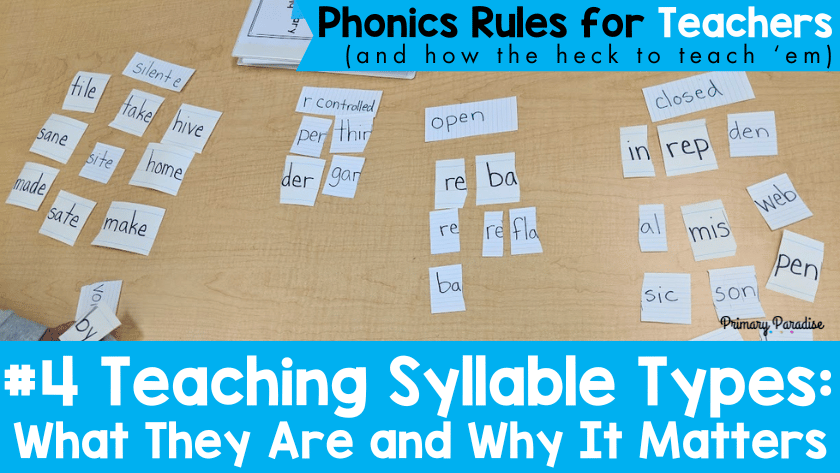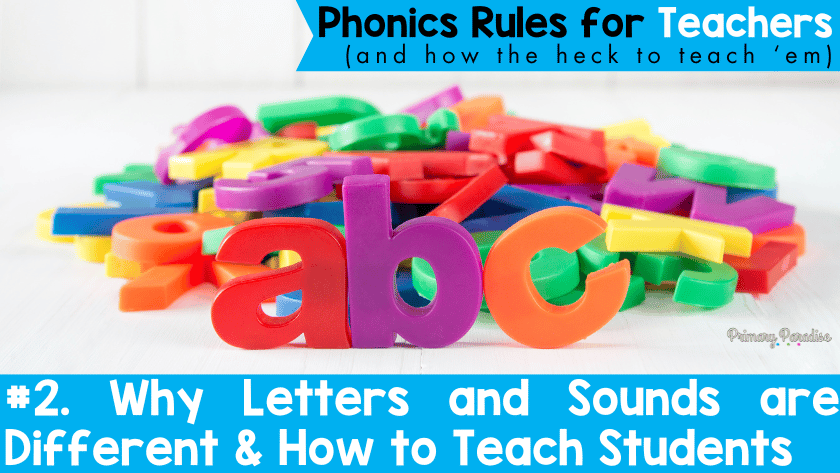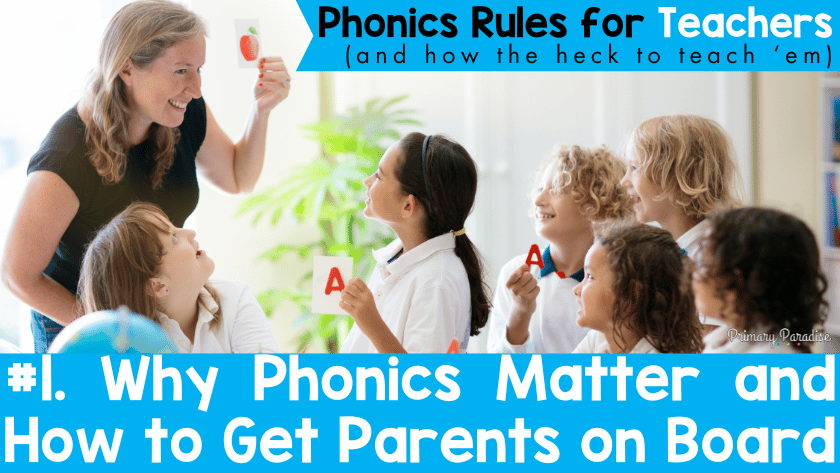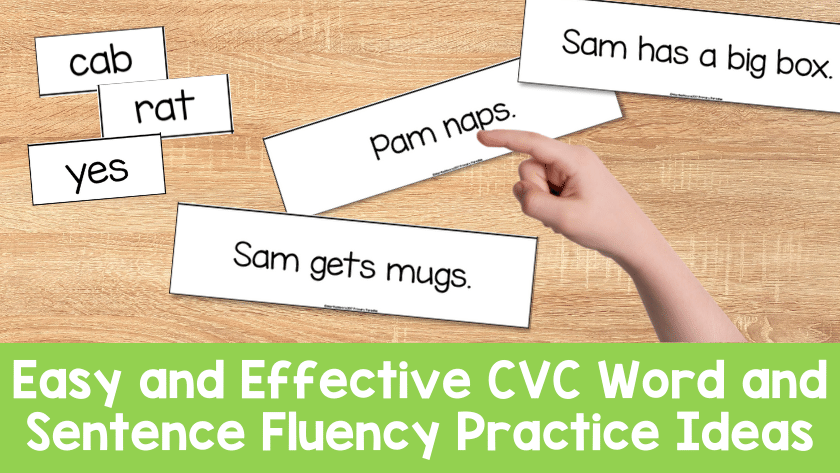Syllables are a key building block of the English language and are an important part of strong phonics instruction. There’s a whole lot more to syllables than just clapping out how many a word has and moving on. Understanding the 6 syllable types and using them to help read and write helps the English language make sense. This post will…
Do you teach consonants and vowels to your students? Do you understand the difference between these two phonics concepts? Or why they matter? There’s a lot more to know about consonants and vowels than most teachers realized. Let’s dive deeper into the difference between consonants and vowels, how the impact English words, and how we can teach our students about…
Understanding the difference between letter names and letter sounds is one of the first steps of phonics instruction. People often use letter and sound interchangeably, but they’re not the same thing. Let’s explore why letters and sounds are different . We will also explore strategies to teach these concepts to our students in a simple and meaningful way. Would you…
Teaching phonics. If you’re an elementary school teacher, you are likely working hard to incorporate more phonics and structured literacy into your classroom. However, there’s a good chance that you didn’t actually learn this stuff in college. How are teachers supposed to use a structured, phonics based approach with their students if they don’t understand the rules themselves? The answer…
CVC words and CVC sentence fluency is an important skills for early readers in kindergarten and first grade to practice. It’s also important to teach these skills in a structured and systematic way. Here’s how to work on CVC word and CVC sentence fluency in your classroom. Ways to Practice CVC Words Before you put sentences in front of your students, you want to start with practicing…




